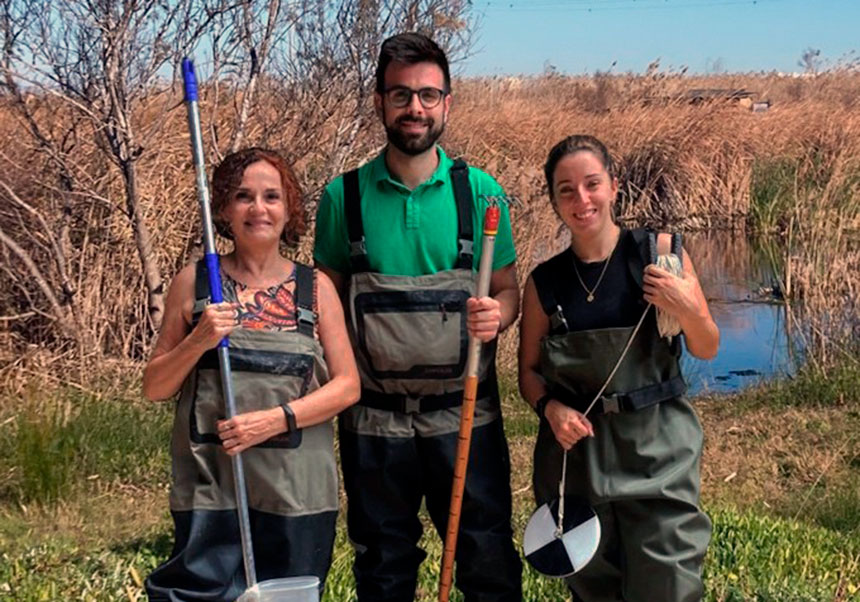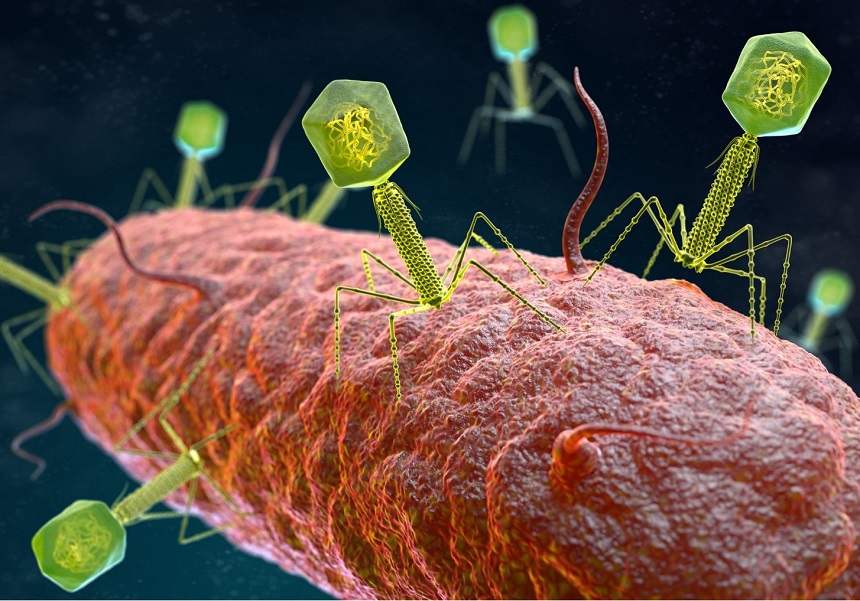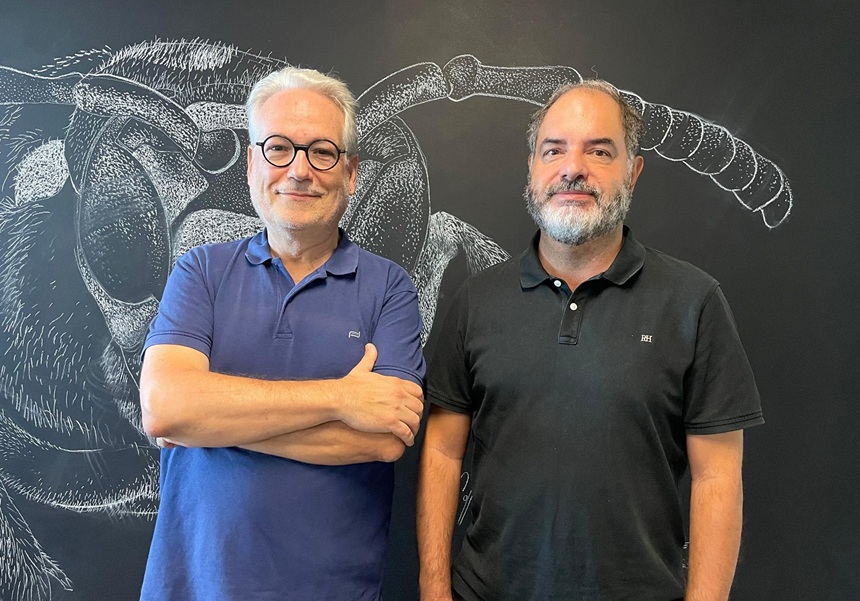An international research analyses if the country where a child with cancer lives influences the possibility of detecting it on time
- Press Office
- February 14th, 2025

The study, in which the Universitat de València and La Fe Hospital take part, reveals international variations in the survival of childhood cancer that might be explained by the stage in which the tumour is diagnosed. The research has analysed close to 11,000 diagnosed cases in 23 European countries and 4 outside the EU and collects more hopeful results for Southern European countries.
The Universitat de València takes part in the international study of Benchmarking of stage at diagnosis for six childhood solid tumors (the Benchista): a population-based, retrospective cohort study that analyses if the country where a child with cancer lives influences the possibility of detecting it on time. The Benchista study, in collaboration with the Spanish Registration of Childhood Tumours Reti-SEHOP, with headquaters in the Universitat de València, is the first research of this kind to be developed worldwide and has just been published in The Lancet Child & Adolescent Health magazine (Doi: 10.1016/S2352-4642(24)00302-X).
The main conclusion of the study, as UV professor, scientific director of the Spanish Registration of Childhood Tumours Reti-SEHOP, and chief of the Pediatric Oncology Unit in La Fe hospital, Adela Cañete, is that there are international variations in the survival of childhood cancer that might be explained by the differences in the stage of the tumour in the moment of diagnosis, among other factors.
Researchers have analysed close to 11,000 childhood cancer cases that where diagnosed between 2014 and 2017 in 23 European countries and 4 in non-EU countries. It is about children up to 14 years of age for neuroblastoma (a tumour in the immature peripheral nerve), Wilms’ tumour (kidney cancer), and medulloblastoma (brain tumour); and up to 19 years of age for Edwing sarcoma (bone tumour), rhabdomyosarcoma (muscle tissue cancer), and osteosarcoma (cancer in bone-forming cells).
The study also concludes that half of neuroblastoma cases present metastasis at the moment of diagnosis. Followed by medullobalstoma with 35.1%, Edwing sarcoma with 32.6%, rhabdomyosarcoma with 29%, osteosarcoma with 25.5%, and Wilms’ tumour with 18.2%.
More hopeful results in Southern Europe.
Southern Europe, region that includes Spain, Greece, Italy, Malta, Portugal, and Slovenia, stands out for having results that are a little bit more hopeful regarding the detection of neuroblastoma that might be attributed to the use of gamma scans, a technique considered in standard recommendations for detecting metastasis, but it is not available in worldwide.
In addition, in this region, chest CT scans are used in 82.9% of Wilms’ tumour cases, which might explain a more accurate cancer staging in front of other geographic regions.
The Benchista study, Doctor Cañete adds, underlines the need for every country to have access to standard techniques like gamma scans MIBG or CT scans to improve early detection and, consequently, the possibility for survival in patients.
To raise awareness about this reality, enough to incentivise research about cancers that affect children and teenagers, each 15 February International Childhood Cancer Day is observed.
Reference:
International benchmarking of stage at diagnosis for six childhood solid tumours (the BENCHISTA project): a population-based, retrospective cohort study. Laura Botta, MSc ∙ Fabio Didonè, MSc ∙ Angela Lopez-Cortes, MSc ∙ Adela Cañete Nieto, PhD ∙ Emmanuel Desandes, MD ∙ Lisa L Hjalgrim, PhD∙ et al. The Lancet Child & Adolescent Health, Volume 9, Issue 2, 89 – 99. DOI: 10.1016/S2352-4642(24)00302-X
















